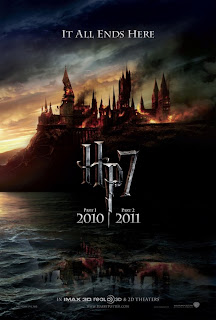We decided to look specifically at documentary's,
to gain a better understanding of what makes them successful
so we could incorperate some of the genre specific
conventions into our own short films:
My Big Fat Gypsy Wedding:
· The documentary generally portrays a younger demographic around 18-24 years old women. It is aimed at a younger audience as they would be more likely to relate to the age group being shown.
· The cast of the documentary is predominantly women and would attract them more than it would men to view the programme.
· The traveller community would also take a wide interest in the show as it is showing their community and they would want to see how they are being portrayed to the public.
· The location generally consisted of the wedding planner’s workplace as she made the calls to get venues, and worked with the brides to create their wedding.
· Many high angle shots are used in the church to show an overview of the ceremony. Panning and tracking shots were used to show the entirety of the wedding reception venue.
Katie: My Beautiful Face
 · Wide audience appeal but with a female lead focus, the documentaries audience is more targeted at women.
· Wide audience appeal but with a female lead focus, the documentaries audience is more targeted at women. · Night vision shots were used to film Katie as she was sleeping and waking up various times in the night from night trauma. Extreme close ups were used to accentuate the extent of the damage done to her face after the acid attack.
· The mise en scene was predominantly with the hospital Katie recovered within. This was very appropriate and true to the documentary as it focused on the reconstruction of her face, and life after the attack.
Documentary Analysis
Documentary is way of presenting factual material which spans film television, radio, theatre, and the press.
Documentary presents actual incidents and statements which can be tested against reality. Documentary has changed and developed throughout the history of film and tv, in tv it overlaps with categories such as currents affairs and news. In the history of film, the documentary offers an alternative to the fictional world created characters and clear narrative shape for film. QUOTE:the documentary is distinguished from the factual film by its socipolitical purpose. Great art can be an instrument for social influence and change. The documentary film does have this purpose. Unlike films with a fictional narrative, documentarys rarely are intended for entertainment only, they usually contain messages of educational, social and/or political importance.
Documentary films include: in the name of the father
Forms and conventions of a documentary
Documentary is way of speaking about the world. It cannot be tied down to specifics of character and storyline in the same way as a genre can. It is typified by:
· Natural lighting-to give a more authentic documentary feel to it-separates a documentary from Hollywood cinema
· Indistinct town
· Jerky camera movements-tripod sometimes not used
These forms and conventions can chage as new technologies are constantly being developed. The term ‘actuality’ is used to describe the shots of actual footage as they happened. The event would have taken place wether the camera was there or not. The term ‘fly on the wall’ filming is leaving the camera in an specific area for a length of time and the editing it later and incorporating it into the rest the documentary.
Film images are selected for their use in illustrating and evidencing an argument.
Voice over: the voice-over has a role of uncovering, solving a mystery and/or telling a story. It can be used to record thoughts, it can also be used by a narrator, who has specific knowledge and is shaing with the audience, it can have a ‘god-like’ quality to it.
Written text:the term documentary implies that what is presented is linked to written documents. Many use subtitles, reference to time and place, and the appearance with written documents in the frame.
Film analysis 1:
Film analysis 2:
fim 3:
film 4:
film 5:
film 6:
film 7:
film 8:






